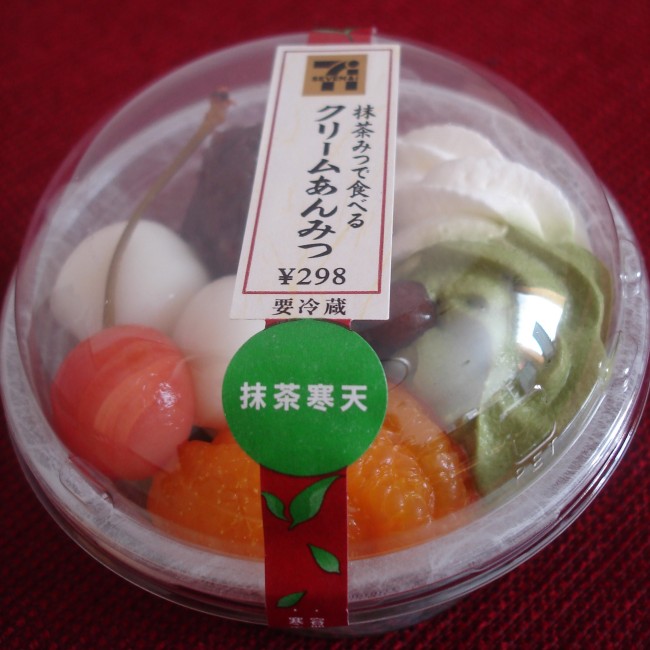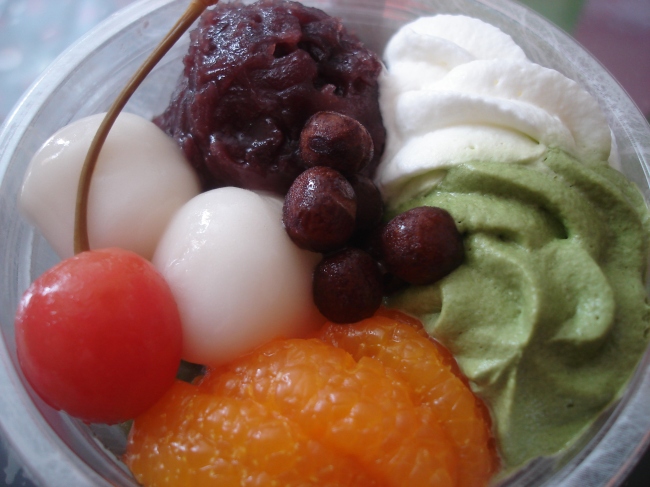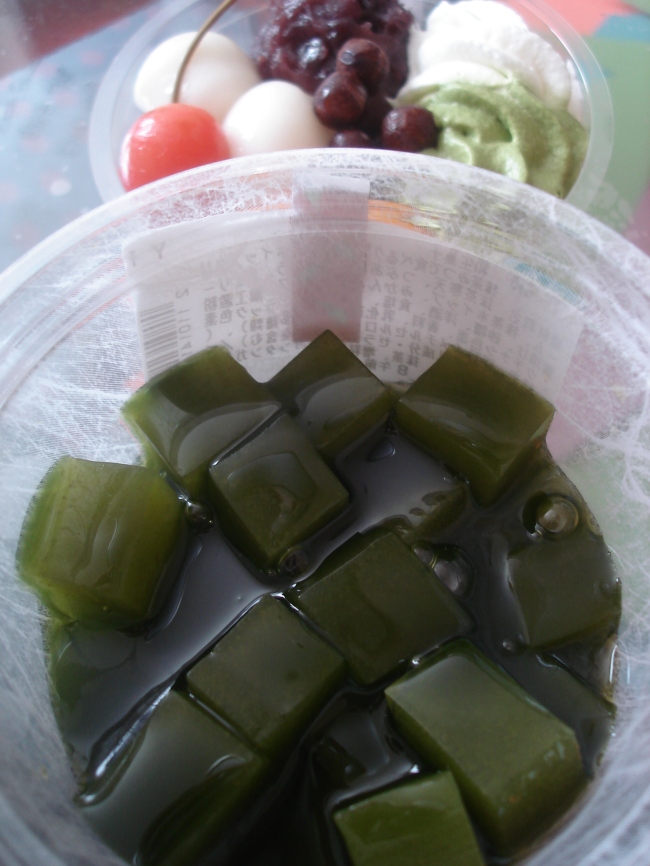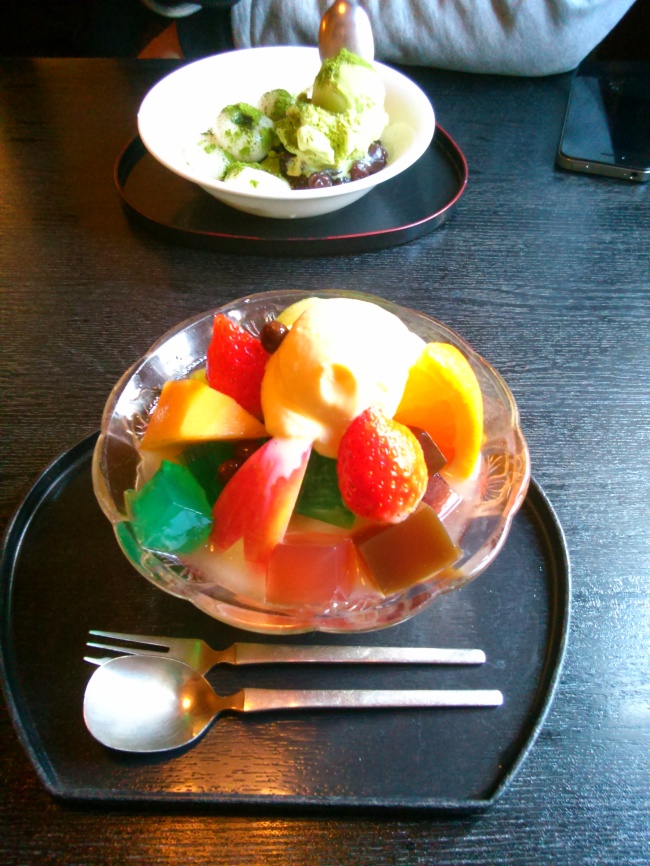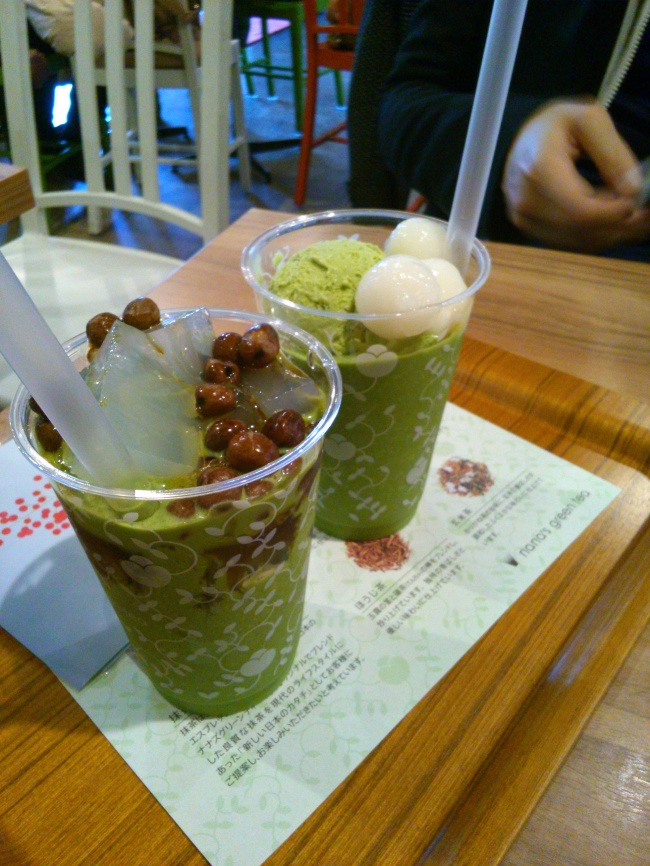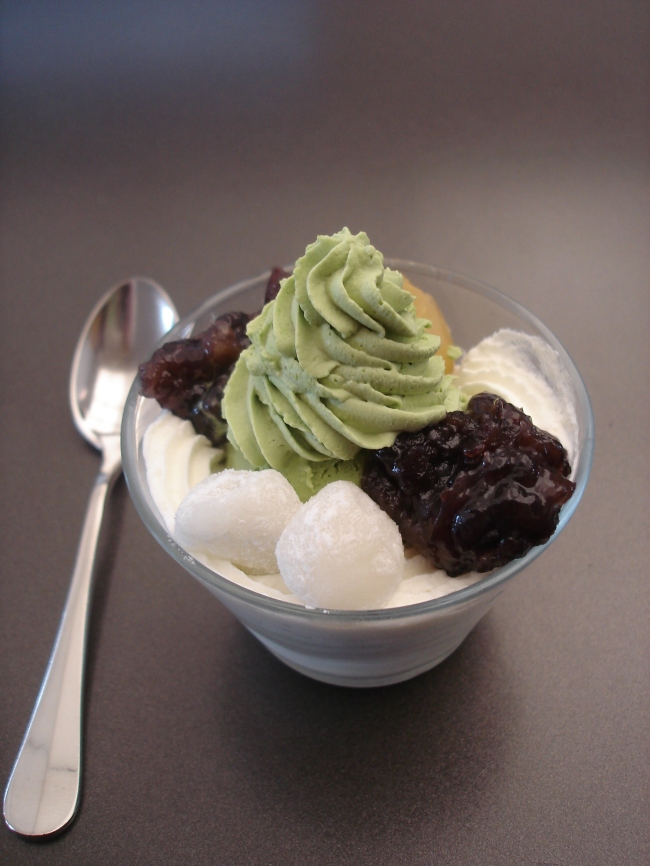 So sorry for the hiatus! I haven’t had time to review for ages, as work has been hectic, but I finally had a moment to myself and chose to devote it to sampling another delicious dairy alternative: soy milk ice cream. This is always on sale at the Coop near my workplace, although I’ve never spotted it anywhere else, and comes in Vanilla, Chocolate, Strawberry and Matcha. Naturally I plumped for green tea, as I’m always curious to see how well this unique flavour translates into different substances such as chocolate and ice cream.
So sorry for the hiatus! I haven’t had time to review for ages, as work has been hectic, but I finally had a moment to myself and chose to devote it to sampling another delicious dairy alternative: soy milk ice cream. This is always on sale at the Coop near my workplace, although I’ve never spotted it anywhere else, and comes in Vanilla, Chocolate, Strawberry and Matcha. Naturally I plumped for green tea, as I’m always curious to see how well this unique flavour translates into different substances such as chocolate and ice cream.
 The relatively small 110ml pot stands out in the freezer cabinet thanks to the vivid green and gold of the lid. Soy milk constitutes a mere 30% of the ingredients, but I double-checked and confirmed that it doesn’t contain dairy. Not only could this cater to lactose intolerance, it is also cholesterol-free, so pretty healthy as far as frozen desserts go. I was a little unsettled by the almost radioactive hue of the ice cream depicted on the lid, so was relieved to find that the inner contents were a much more familiar and natural milky green tone.
The relatively small 110ml pot stands out in the freezer cabinet thanks to the vivid green and gold of the lid. Soy milk constitutes a mere 30% of the ingredients, but I double-checked and confirmed that it doesn’t contain dairy. Not only could this cater to lactose intolerance, it is also cholesterol-free, so pretty healthy as far as frozen desserts go. I was a little unsettled by the almost radioactive hue of the ice cream depicted on the lid, so was relieved to find that the inner contents were a much more familiar and natural milky green tone.
 There is no scent to speak of but the green tea flavour burst through immediately when I tried the first spoonful. As with many matcha products that have a milk base, the taste is at the mild and delicate end of the spectrum, with an understated hint of herbal, earthy tea leaves. So does it differ from ordinary ice cream? Well…not really. There is a sense that something is different, perhaps that it is less rich, but there is none of the curious aftertaste notable in un-flavoured products such as untreated soy milk or soy yoghurt. Consistency-wise it is creamy and rather soft, meaning that it begins to melt after only a few minutes. I tend to favour the much denser consistency of gelato, so found it a little on the wet and airy side for my taste, though it was thick enough that I knew I was eating ice cream and not a stiff milkshake for example. The overall sweetness is subtle so that it feels light and refreshing and probably wouldn’t be sickly at twice the size.
There is no scent to speak of but the green tea flavour burst through immediately when I tried the first spoonful. As with many matcha products that have a milk base, the taste is at the mild and delicate end of the spectrum, with an understated hint of herbal, earthy tea leaves. So does it differ from ordinary ice cream? Well…not really. There is a sense that something is different, perhaps that it is less rich, but there is none of the curious aftertaste notable in un-flavoured products such as untreated soy milk or soy yoghurt. Consistency-wise it is creamy and rather soft, meaning that it begins to melt after only a few minutes. I tend to favour the much denser consistency of gelato, so found it a little on the wet and airy side for my taste, though it was thick enough that I knew I was eating ice cream and not a stiff milkshake for example. The overall sweetness is subtle so that it feels light and refreshing and probably wouldn’t be sickly at twice the size.
I enjoyed this: it’s fairly low calorie, not too sugary and the matcha flavour is recognisable. The only thing that might cause me to neglect it in favour of other products in future is the soft texture, as it’s not really the kind of dessert that you can sink your teeth into. Kracie’s soy ice cream is certainly a decent substitute for dairy cream. If you’re looking for a good ‘matcha ice cream’, however, I’d recommend going for something with a more concentrated flavour, such as Meiji’s green tea range.
6/10
Kracie Tounyuu Aisu Soy・Matcha 110ml 148kcal
























